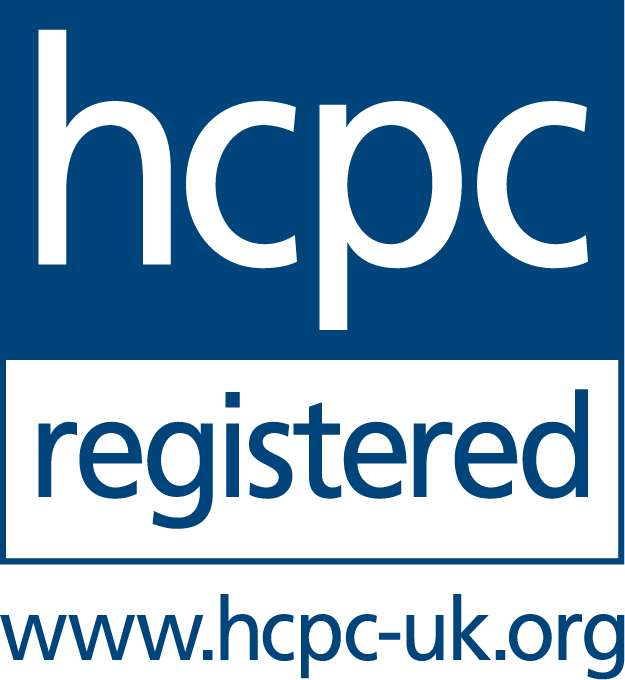Running is a popular form of exercise, offering numerous health benefits such as improved cardiovascular fitness and stress relief. Unfortunately, knee pain is a common problem which affects many runners at some point in their training. Understanding the demands that running places on the body and the factors that can increase the risk of injury may help to avoid such issues to keep you running pain free.
Overuse injuries:
Overuse running injuries are the most common type of injury experienced during running, and are often linked to a training error. A training error is whereby the frequency, intensity, duration or number of sessions in a period of time exceeds the body’s ability to tolerate them which may then lead to the onset of symptoms. Training errors can be obvious (such as with a sudden increase in mileage or pace in a short period of time that you are not accustomed to) or they can be more subtle (whereby a combination of factors including inadequate recovery, frequency and intensity of runs slowly leads to an overload). In some cases the overload can occur weeks before any symptoms become present, making it challenging to identify a specific cause.
Therefore, finding the right balance of training load is one of the biggest areas which can help avoid running related injuries. Although running technique and footwear can have role in such injuries training load is the most important aspect to focus on first.
“Tissue overload refers to the excessive stress or strain placed on a particular tissue in the body beyond its capacity to adapt and recover. Overtime this can lead to an overuse injury which is the body’s way of telling you that the strain on those tissues is too much”
Common running related knee injuries:
Patellofemoral Pain Syndrome (PFPS):
PFPS is characterised by pain around or behind the kneecap, especially during activities like running, squatting, or climbing stairs. It is more common in females than males and is caused by the combination of a number of factors such as increased training load and reduced lower limb strength / stability which leads to the tissues around the kneecap to become irritated. Often symptoms can start with a mild niggle and over time they progressively get worse until they stop you from running.
Iliotibial Band Syndrome (ITBS):
ITBS is caused by irritation of the iliotibial band, a thick band of tissue that runs along the outside of the thigh from the hip to the knee. Runners may experience pain on the outer knee or hip during running, particularly when descending hills or increasing mileage. As with PFJP, often symptoms can start as a niggle and will often worsen over time, particularly if trying to increase distance or speed.
In some cases simply reducing the amount of running or cross training for a periods can be enough to allow tissues to settle down which then cause no further issue. If pain persists despite this then there can be several factors which may contribute to the ongoing symptoms such as biomechanics, flexibility, and the strength of the lower limbs.
If those niggling pains are failing to settle or keep recurring, then it most probably time to see a physio and get some professional advice.
Running Gait:
Observing running gait can provide valuable insights into the biomechanical factors contributing to knee pain. Optimal running posture and technique however is often not quite as important as one might think towards being a cause of pain, you only need to watch some of the elite distance runners to see a variety of running styles. Having said that, once you develop pain in a joint or tissue which is loaded during running then it can become problematic if you continue to load those tissues in the same way, which is why assessing changes to running gait should be individualised.
Increasing cadence (steps per minute) and focusing on shorter, quicker strides can be beneficial strategies to reduce knee pain. However, any changes should be introduced gradually to minimize the risk of overloading other tissues, such as the ankle.
Strength & Conditioning:
Strength and conditioning is an important aspect to help prepare tissues for the demands of running and so help to avoid the risk of running related injuries and also help improve performance. The hip, foot and ankle are particularly relevant when dealing with knee injuries although the specific type of exercise will vary from individual to individual. A as a guide though, a combination of double and single exercises targeting the hips (glutes), hamstrings, quadriceps and calves will ensure the required muscle groups are worked.
Rest & Recovery:
Recovery is a critical component of a training plan to allow the body to repair and adapt to the demands of running. Insufficient rest intervals can increase the risk of injury and compromise performance. Incorporating rest days, adequate nutrition, sleep, hydration, and activities like stretching, yoga or swimming can aid recovery and help reduce the injury risk. Everybody is different though, so it is important to find a strategy that works for you.
Running-related knee pain can be a significant obstacle for runners, and by understanding the demands of running on the body, and being aware of common training errors, runners can enjoy the benefits of running while minimising the risk of knee pain (prevention is better than cure!).
If you do experience knee pain though, there are a number of strategies which can help to improve the symptoms and allow a return to running as quickly as possible.
If you’re struggling with running-related knee pain, don’t let it hold you back from your running goals. Contact us to schedule a consultation with one of our experienced physiotherapists. We specialise in treating sports injuries and can provide personalised care to help you return to pain-free running.

Regaining Function, Empowering Performance
07766917602
info@performphysio.uk
Brook farm, Gull Lane, Grundisburgh, Woodbridge IP13 6RN


